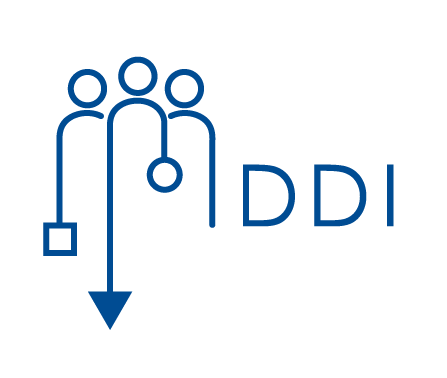Publikationen
Art der Publikation: Beitrag in Sammelwerk
"A Database is Like a Dresser with Lots of Sorted Drawers": Secondary School Learners' Conceptions of Relational Databases
- Autor(en):
- Brinda, T.; Terjung, T.
- Herausgeber:
- Barendsen, B.; Hubwieser, P.
- Titel des Sammelbands:
- Proceedings of the 12th Workshop in Primary and Secondary Computing Education (WIPSCE 2017), Nijmegen, The Netherlands, 8-10 November 2017
- Seiten:
- 39-48
- Verlag:
- ACM Press
- Ort(e):
- New York
- Veröffentlichung:
- 2017
- Sprache:
- Englisch
- Digital Object Identifier (DOI):
- doi:10.1145/3137065.3137074
- Link zum Volltext:
- https://www.ddi.wiwi.uni-due.de/forschung/publikationen/acm/#brinda-terjung-2017
- Zitation:
- Download BibTeX
Kurzfassung
Latent pre-instructional conceptions on a certain topic, which learners bring into the classroom, can have a significant influence on the learning success to be achieved there. In science, therefore, the model of educational reconstruction was developed, which regards the comparison between technical domain concepts and existing learner conceptions as an essential and iterative element within instructional design. In order to support this process, the conceptions of learners and teachers on different topics of science were investigated in thousands of works so far. In the area of computer science, however, comparable research has so far only been conducted to very little extend -- concerning e.g. conceptions of the Internet, the computer and the way programs work. Within the paper at hand, the authors intend to add to this research by contributing learner conceptions of (relational) databases. A semi-structured online questionnaire was used to collect the perspectives of 193 German learners. It contained open questions on the conceptions of databases and their everyday applications as well as on the explanation of computing-related phenomena with an indirect relation to databases. The data analysis was carried out using the method of qualitative content analysis according to Mayring and provided three different category systems for various aspects of the subject. As a major result it was found that the conceptions of learners regarding relational databases can be structured according to the ANSI/SPARC acrchitecture model for DBMS, however, completed by an everyday perspective on its three layers (external, conceptual, and internal). Finally, the identified learners' perspectives were compared with the associated scientific concepts for similarities and differences with the method of reciprocal comparison and guidelines for structuring database teaching were derived.

